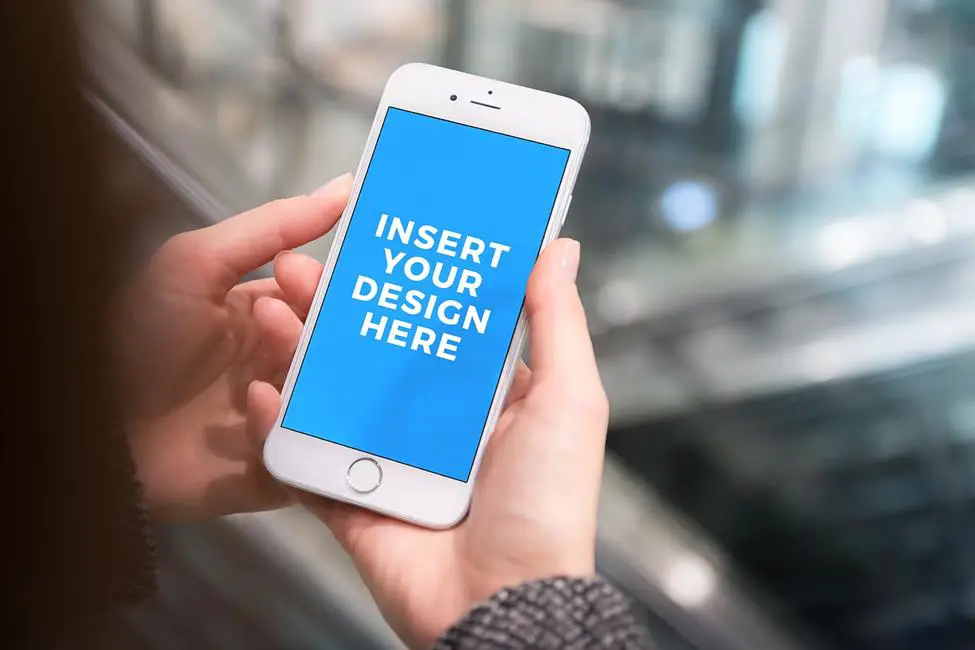One of the biggest headaches mobile app programmers face is how to make their app stand out from the rest. It’s a valid concern since the average app will be coming up against tens or hundreds of applications already in the market that do almost the same thing. This highlights the importance of mobile application testing for quality assurance.
Whereas making sure the app has the functionality users expect is vital, it’s the softer considerations such as the user interface (UI) that often determine what app a user will prefer.
The UI gives the user a perception of how effective the app is. Here are some tips on designing a quality UI for your mobile app.

1. Think About the UI Right from Initial App Design
You are more likely to build a quality UI if you incorporate it in app design from the start. Create sketches that visualize navigational flow from the end user’s perspective. Pen and paper sketches will suffice at this early stage.
You could have several UI sketches and narrow down to a final two that seem the most feasible. Once you’ve built the nuts and bolts of the app, you can have two versions of the app as prototypes based on the final two sketches. Test out the two with a limited audience to see which one is most popular with users.
2. Maintain Consistency
Your mobile app will have multiple screens such as the home screen, settings screen and user registration screen. Once you’ve settled on a specific design and style for your UI, you must apply it consistently to every screen within the app.
If design, typology and colors change whenever the user switches to a different screen, this will only cause confusion. Keeping structure and aesthetics the same creates smooth transitions during navigation.
3. Choice of Colors
Color is one of the most import aspects of the UI. When developing a color theme for your app, choose hues that do not exert visual strain on users. For example, grey text on a yellow background would be difficult to read.
The number of colors matters too. Best practice is to keep it at a maximum of three. Finally, go for colors that evoke the right emotions and encourage users to follow through on your call to action (CTA).
4. Get Rid of Superfluous Functionality
Mobile app use usually follows the Paretto Principle — 80 percent of users will make use of just 20 percent of an application’s features. The more the features, the greater the risk of having a cluttered chaotic UI. So as you design the app, rank the features by order of priority and see which of the low priority features are expendable.
If it’s difficult to do this prioritization during the design phase, you may have to do it either through prototype tests or after the app goes live. Simply monitoring data usage and the number of times users call on each feature can give you a fairly accurate picture of what functions you can let go of.
5. Conventional Smartphone User Habits
Most smartphone users operate their devices with just one hand. Your mobile app interface should factor conventional gestures into the design. Users are already accustomed to sliding or touching their screens in a certain way.
There’s heavy dependence on the thumb in particular. Ergo, the placement of buttons, tabs, links and form fields should be within easy reach of the user’s thumb.
6. Good Error Handling
Despite the amount of time, thought, resource and effort you devote to building an app, there’s no guarantee that it will be error free. You have to develop a process for error handling that doesn’t leave the user bewildered.
When an error occurs, keep messages brief, simple and specific. You could also notify the user on what they need to do to resolve the error (for example, restart the app or download a newer version). Making sure the back end works as it should is something you must pay attention to as well. For instance, you can benefit from AWS monitoring for your cloud servers.
Don’t leave UI considerations up to the last minute. It should be an integral part of your software development process from the get-go. The UI can make the difference between the success and failure of your app.
